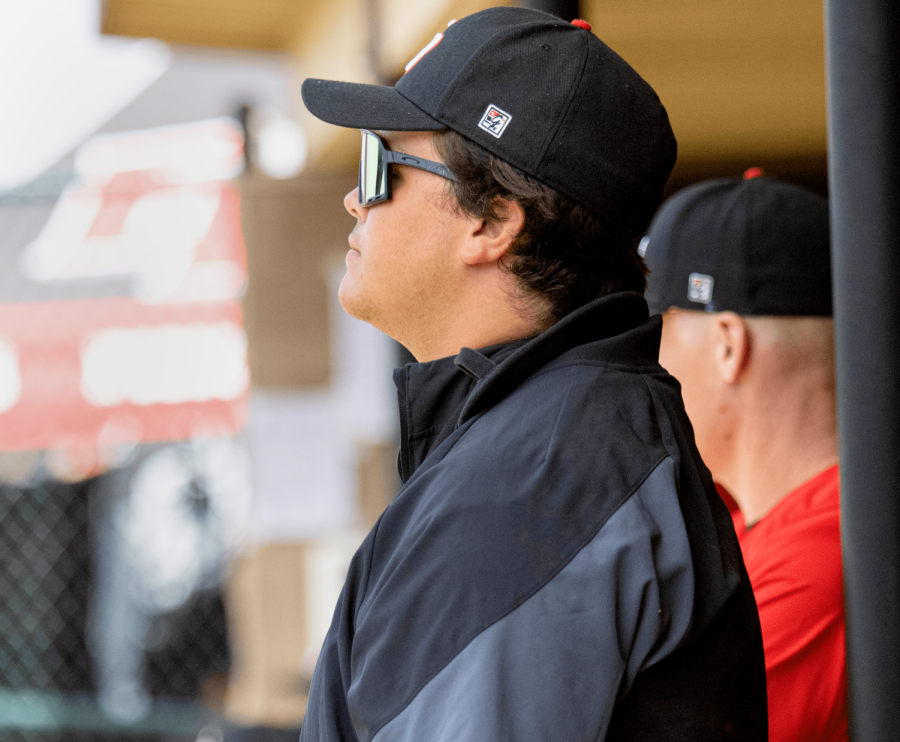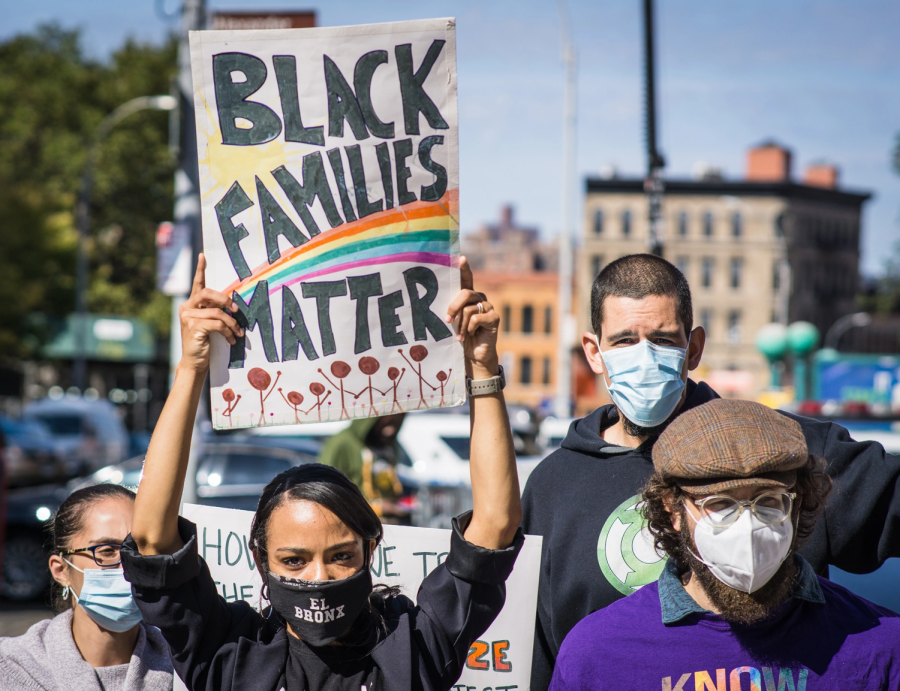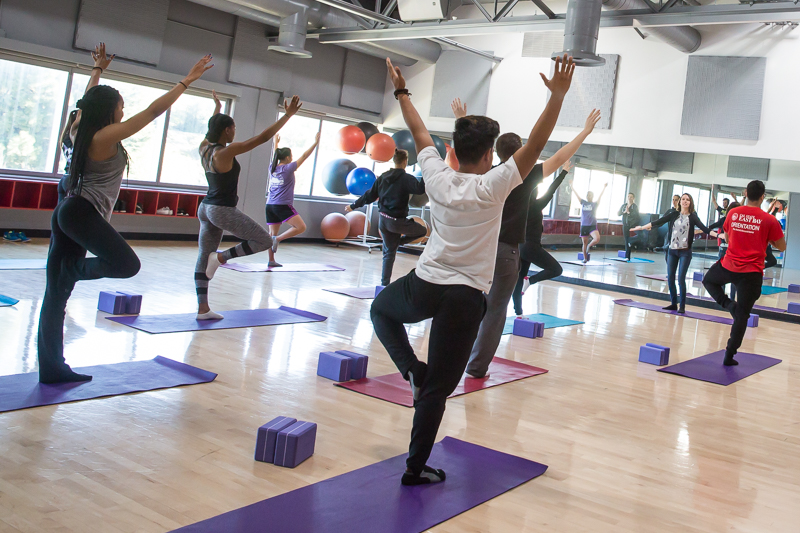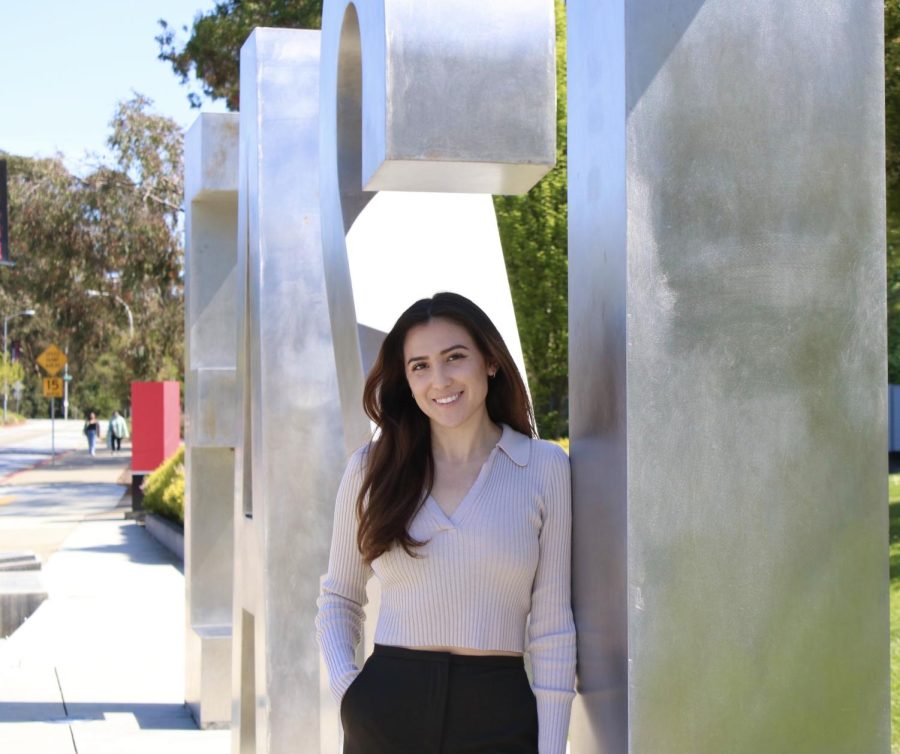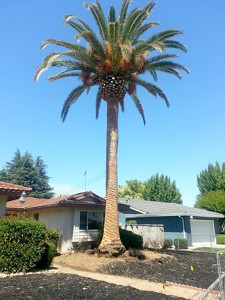
In an attempt to beautify the newly opened eastern span of the Bay Bridge, CalTrans will plant roughly 90 Canary Island Date Palm trees in an effort to give it a more “California atmosphere.”
“There’s nothing like them, these trees are old and beautiful and set the atmosphere,” said Dave McDaniels, purchasing and removal coordinator for the project. “It’s like icing on the big old birthday cake. They set a pace and set a mood.”
To create this mood, McDaniels has offered up to $1,500 to people with Canary Palms in their yards via his Twitter feed, classified ads, and Craigslist ads. But according to the San Jose Mercury News, each tree will cost approximately $15,000 to purchase, transplant and maintain for three years. Since it can cost up to $4,500 to transport just one tree to the bridge, the tree project could cost upwards of $1.35 million.
But why do we need trees on a bridge? A bridge allows commuters to commute, plain and simple: do we stop and smell the roses in rush hour traffic? This is the San Francisco Bay, a breathtaking view that doesn’t need additional beautification, especially at that cost.
Here’s the real catch: all the time, money, and effort spent on these trees will likely go to waste. Not only are they going to be costly, they may just well fall over and die.
Recently, a fungus killed 26 palm trees of the same species on Embarcadero in San Francisco, and although Davey Trees is running rigorous testing for over 18 different harmful pathogens, there is no way to confirm with certainty whether or not the trees have the disease, according to Joshua Zinn, state arborist for CalTrans.
“Once it catches the wilt, that’s it. The tree’s life span is numbered,” Zinn said.
Reportedly, if one tree dies, CalTrans will set another in its place—which means an even greater, ongoing expense for the state. To boot, Canary Island Date Palms – which are drought tolerant – can consume up to 35 gallons of water per day.
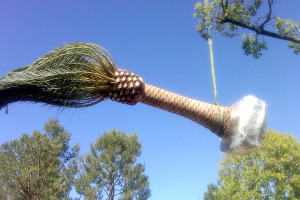
So the real question is, why would CalTrans consider these non-native trees, which come with an exorbitant price tag, a ticking clock till their demise, and all on a structure that holds no purpose other than the view while commuting?
Canary Palms were reportedly chosen for their similarity to tall, thin light poles that are featured along the span. The palm trees will be mature and established, ranging anywhere from 17 – 45 feet tall.
The bridge is already architecturally striking and we have waited 14 years to look at its beauty, so blocking the view with these trees seems redundant. An emulation of these light poles is uncalled for, the poles that are there serve a solid purpose.
Let’s instead stop these non-utilitarian trinkets being dropped on the bridge. That $1.35 million dollars could be used to beautify the stations that commuters frequent on foot, and must sit and wait at.
Let’s instead clean up the stations: pressure wash the bodily fluids off the pavement and turnstiles and spruce up the benches that our friends and children sit on while waiting for their transportation. Let’s paint murals, landscape the scenery, and add brighter lights.
Let’s put this money to good use, and pay to beautify the lacking, not the huge bridge that already has striking, clear views of the Bay Area.
We need to put an end to this frivolous tree project and put our tax dollars into something a little more tangible than a bunch of designer, hand selected trees on a bridge.





